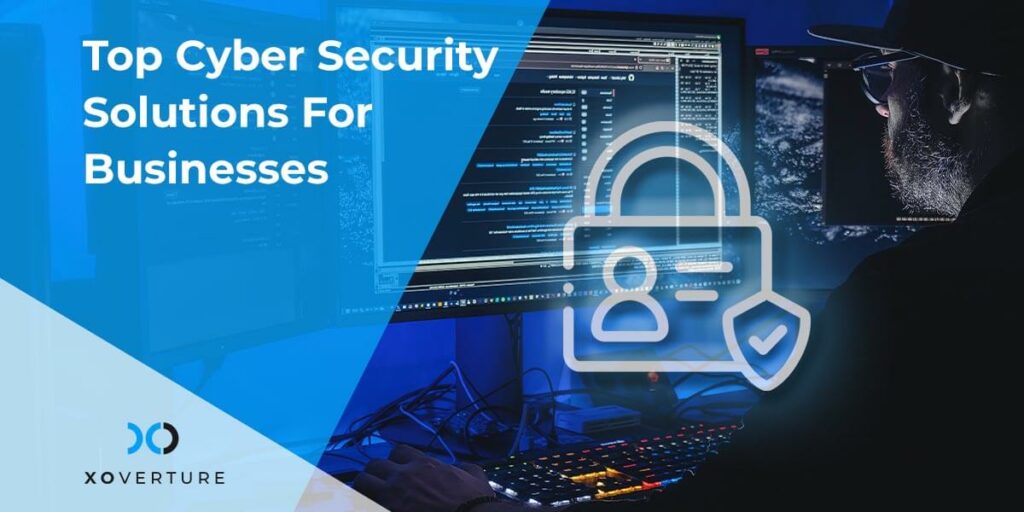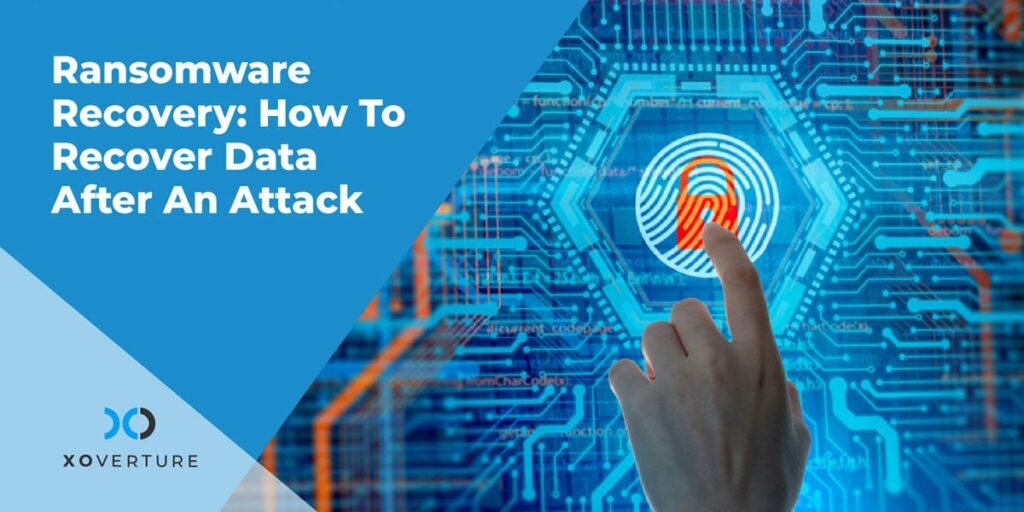As more organizations go digital and cyber threats become more complicated, they realize how critical it is to defend their digital access points.
In recent years, big corporations such as Nike, ARcare, Colonial Pipeline, and others have been the target of catastrophic cyberattacks. While each big cyberattack costs millions of dollars, most news reports ignore the numerous data breaches that strike much softer targets: small businesses. According to Verizon’s Data Breach Investigations Report, SMBs were impacted in 43 percent of incidents.
With the growing number of cybersecurity dangers to contend with, it’s critical that you have the proper safeguards in place. While you won’t be able to prevent every threat, you can reduce your risks with the correct cybersecurity solutions.
We will talk about the top cybersecurity solutions, but let’s first understand cybersecurity:
What Is Cybersecurity?
According to the dictionary, it is the process of protecting electronic data against unlawful or unauthorized usage, or the methods taken to achieve this.
The phrase cybersecurity has become practically synonymous with concepts like IT security and information security over the years. It’s like claiming that every square is a rectangle, but not every rectangle is a square.
Types of Cybersecurity
Cybersecurity can be categorized into 5 distinct types:
- Critical infrastructure security
- Application security
- Network security
- Cloud security
- Internet of Things (IoT) security
An enterprise should build a complete plan that incorporates not only these five forms of cybersecurity but also the three components that play active roles in a cybersecurity posture to cover all of its bases: people, processes, and technology are all important.
Here are the top cybersecurity solutions every business must implement:
Multi-Layered Firewalls and Other Tools
If an attacker gains access to your network, one of your first priorities should be to limit the harm they might cause. Another option is to slow down the attacker as much as possible until you can cut them off.
Even if attackers succeed in breaching your company’s outermost security measures, preparing a defense-in-depth strategy will be useful. Deploy a strategy that uses multiple layers of defense to keep all of the different resources in your company’s network isolated from one another. It is a good way to slow down attackers and limit their access to your company’s most sensitive resources.
Consider implementing cybersecurity tools like “per-app” firewalls, which filter traffic requests for each and every application your company uses. Perhaps you could also implement individual firewalls for each of your databases or virtualized computing resources on your servers. The more levels of protection an attacker must pass through to gain access to all of your company’s resources, the better your chances of detecting and stopping them.
Security Patch Management Schedule
If the companies that were targeted hadn’t overlooked crucial security upgrades, many of the worst data breaches in recent years could have been avoided. While many companies rightly fear “zero-day” attacks that exploit wholly new and undiscovered security vulnerabilities, the reality is that many successful attacks use known flaws with patches or updates that the target simply failed to implement.
You can protect your network infrastructure from a range of attacks by following a strict security patch management/update schedule.
Human Security
Many computer users feel that the only dangers they should be concerned about are ingenious hackers and malware attacks. As a result, many businesses devote all of their efforts to intranet and perimeter security while neglecting human security.
In a study conducted by IBM in 2020, it was discovered that human errors, such as using weak passwords, connecting to insecure networks, and responding to spam emails, account for 23% of all security breaches. Spam blockers, firewalls, and anti-malware software become useless if trustworthy personnel in your organization take these steps.
Intrusion Detection Systems (IDS)
While intrusion detection systems may not be able to prevent an attack on their own. They are critical for tracking intrusion attempts and notifying your cybersecurity response team of a breach. Hackers could have free reign over your company’s most sensitive data if you don’t have these basic warning measures in place.
Furthermore, if you are unable to avoid a cybersecurity breach, it is critical that you are able to investigate the breach. It will help you determine how the attacker gained access, what they did, and what they accessed. It will enable you to take appropriate steps to prevent future assaults.
Some detection systems additionally include automated countermeasures to thwart an ongoing attack. Intrusion prevention systems (IPSs) are a type of security system that can provide an extra layer of protection against intrusion attempts.
Public Key Infrastructure (PKI)
SSL certificates are common apps of PKI services. It helps in developing customer trust by protecting a business’s critical information. It ensures that all online communications are safe, reducing the risk of phishing scams.
If your website has an SSL certificate, it can never be duplicated. It makes the website less vulnerable to phishing attacks. As a result, SSL is a critical cybersecurity solution for encrypting network data and making it unavailable to cybercriminals.
Key Takeaway
Cybersecurity is a complicated practice, and the best way to prevent attacks and secure your data is to employ a multi-layered cybersecurity strategy that integrates your people, processes, and technology.
Need more information? Contact XO experts to learn more about types of cybersecurity attacks, systems at risk, and protecting digital assets.




